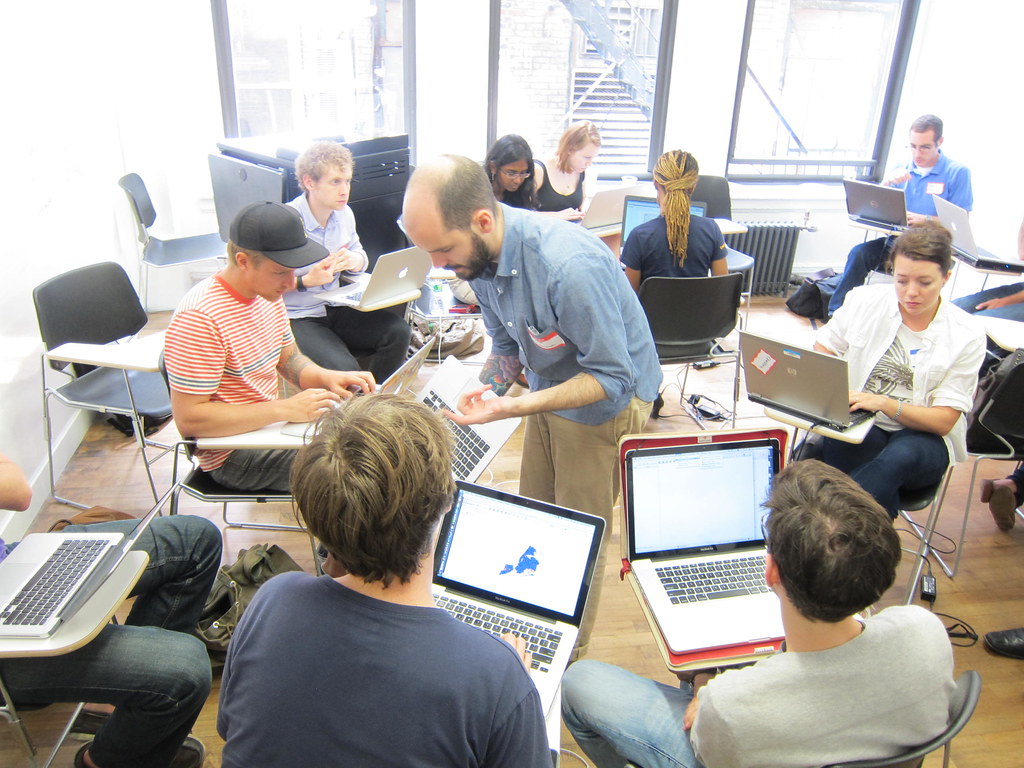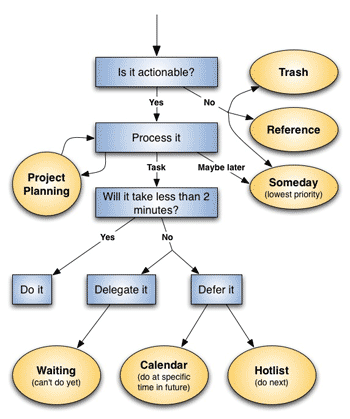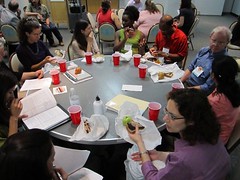Arts-Based Methods
and their Value to Community Psychology
Hello again! As you may remember from our last posting we
(Katherine and Kyrah) are doing a posting series on arts-based research (ABR)
approaches to community-based participatory research (CBPR). In this post we
highlight some arts-based approaches to CBPR, as well as, the potential for
these methods.
ABR approaches incorporate music, dance, photography, visual
art, and theatre into the research process through data collection, analysis,
or dissemination (Leavy, 2009). Incorporating such methods into a CBPR
framework creates a unique research agenda. Such an agenda reflects feminist
values (using art to understand a person’s perspective or viewpoint), promotes
a non-hierarchical structure to the research process (co-creating art to be
used as data that will directly influence social structures or policies),
challenges the status quo of conventional research paradigms, and allows for a
unique approach to understanding community context through culturally relevant
channels of communication (Haraway, 2001; Harding, 1987; Leavy, 2009;
Rappaport, 2005; Wallerstein & Duran, 2003). As is the case with a great
deal of community psychology work, there is also an explicit focus on social
justice (Rappaport, 2005).
Photovoice is one arts-based participatory research method.
This approach was introduced by Wang and Burris (1994) to understand women’s
health issues in rural China. Photovoice projects are almost entirely
participant driven from developing the research questions, analyzing data, to
disseminating what was learned. Data collection for Photovoice projects begins
by presenting participants with simple, concise questions, called framing
questions (these reflect the project theme). Participants then go through
multiple rounds of taking photographs and writing narratives for each framing question. These
are discussed during in-person meetings. Participants also help to
qualitatively analyze the data prior to putting together a public outreach tool
(Wang, 1999). These tend to take the shape of photography exhibits or digital
stories. Either option presents the photos, narratives, and themes that emerged
throughout the project. This culmination is particularly emancipatory as the
audience (which is decided on by the participants) tends to be community
leaders who can learn from the participants’ voices and implement policies and
regulations according to the perspectives of those whose viewpoints are often
unheard.
Ethnodrama, ethnotheater, and performance ethnography are
other approaches to arts-based participatory research (Leavy, 2009). These
approaches are sometimes viewed as distinct, but in general refer to the
process of analyzing, translating, and disseminating research through dramatic
performance (Leavy, 2009). Research may be previously collected through
interviews, focus groups, field notes, or other conventional methods and
writing a script based on research findings may also allow the research to make
composite sketches about specific themes found throughout the data (Leavy,
2009). Performance ethnography also creates a unique opportunity for the
researcher to recognize/assert their role. As suggested by many feminist
scholars, deciding the researchers’ role in the performance and how their role
interacts with the script or other performers establishes reflexivity as an
integral part of the research process (Leavy, 2009).
Overall, arts-based scholars have explored methods related
to narrative analysis, poetry, music, performance, dance/movement, and visual
arts (Leavy, 2009). These approaches may be bridged together (for example using
music and performance as one), or supplemented by conventional research
methods.
We believe that there is a special place for ABR in
community psychology. We want to note
that arts-based research is not new; and that it is a set of practices that
have been used for years to capture the experience of individuals and
communities. It has been gaining
popularity as a form of qualitative research among psychologists. Because
arts-based methods are action oriented and participatory in nature, many
psychologists have found it useful for engaging individuals and groups in the
process of addressing the needs and strengths of the community. It creates an
opportunity for researchers and practitioners to use diverse, creative
strategies for conducting and evaluating research. It is no doubt that community
psychologists understand the importance of social context, and arts-based
practices can be a powerful tool used to identify and analyze the contexts in
which people live. It is a tool that can
be crafted by community and used as a sustainable catalyst for change.
While there are
challenges to using arts-based approaches (e.g., community buy-in;
time-consuming), the benefits of such work can be far-reaching. It is common
for researchers to use arts-based methods (e.g., photovoice) to supplement the
overarching research agenda. Consider a project that involves addressing gang
violence among adolescents. There are important methods (i.e., surveys,
neighborhood data) used to assess the context and the needs of a community.
However, imagine that teens are actively involved in photographing and writing
narratives about their community. Imagine the youth presenting their findings
to key stakeholders and suggesting what to do about gang violence. The point is
that arts-based methods can be a viable tool for citizen participation, using
and building on community strengths, empowerment, and sustainable change. In essence, community psychology research and
practice can benefit from arts-based approaches.
**This post was written by Katherine Cloutier from Michigan State University, and Kyrah Brown from Wichita State University.
References
Haraway, D. (2001). Situated
knowledges: The science question in feminism and the privilege of partial
perspective. In M. Lederman & I. Bartsch (Eds.), The gender and science
reader (pp. 169-188). London: Routledge.
Harding, S. (1987). Introduction: Is
there a feminist method? In S. Harding (Ed.), Feminism and methodology:
Social science issues (pp. 1-14). Bloomington: Indiana University Press.
Leavy, P. (2009). Method meets art:
Arts-based research practice. New York: The Guilford Press.
Rappaport, J. (2005). Community
psychology is (thank God) more than science. American Journal of Community
Psychology, 35(3/4), 231-238. doi: 10.1007/s10464-005-3402-6
Wallerstein, N., & Duran, B. (2003).
The conceptual, historical, and practice roots of community based participatory
research and related participatory traditions. In M. Minkler & N.
Wallerstein (Eds.), Community-based participatory research for health
(pp. 27-52). San Francisco: Jossey-Bass.
Wang, C. C. (1999). Photovoice: A
participatory action research strategy applied to women's health. Journal of
Women's Health, 8(2), 185-192.
Wang, C., & Burris, M. A. (1994).
Empowerment through photo novella: Portraits of participation. Health Education
& Behavior, 21(2), 171-186. doi: 10.1177/109019819402100204








